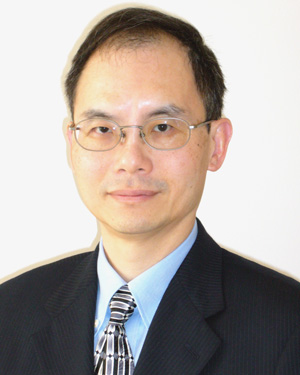Broke a Tooth? Grow It Back
Dental team: baby teeth hold key to regrowth
George Huang may just kill off the Tooth Fairy. Not to mention the makers of dental implants and crowns.

The Herbert Schilder Chair in Endodontics and director of the postdoctoral program in endodontics at the School of Dental Medicine says there are valuable dental stem cells residing in baby teeth and third molars, also known as wisdom teeth. The cells remain viable for about a week after extraction if stored under the right conditions, but are at maximum potency just after they are removed. The dental stem cells from the discarded teeth can be used to regrow damaged or decayed parts of a mature tooth.
“We could regrow the lost structure without having to make a big crown, just do some minor patching,” says Huang (SDM’88,’89,’92). “We have some data in animals that indicate that it’s a real possibility. Normally, we just discard wisdom teeth and baby teeth. Now we’ll definitely advocate to preserve them. There are more and more dental stem cell banks.”
Huang’s team found a way to regenerate two major human tooth components — dental pulp and dentin — for the first time in a mouse model. The mouse was used to supply nutrition for human tissue regeneration. Using tissue engineering, researchers saw empty root canal space fill with pulp-like tissue with ample blood supplies. Dentin-like tissue regrew on the dentinal wall.
“The finding will revolutionize endodontic and dental clinical practice by helping to preserve teeth,” Huang says.
In related research, Huang’s team has successfully reprogrammed dental cells into embryonic-like cells — called induced pluripotent stem (iPS) cells — which may prove an unlimited source for tissue regeneration, and perhaps eventually whole teeth.
Up until now, scientists had been able to create iPS cells from mice or certain types of human cells such as fibroblasts. But all three types of human dental stem cells Huang and his fellow researchers tested were easier to reprogram than fibroblasts, previously considered the best way to make human iPS cells. Their research appears in the recent editions of Stem Cells and Development and Tissue Engineering. Huang is quick to point out that regrowing a whole tooth from scratch, while being tested in large animals, is a ways off for humans.
“There’s always new technology replacing old technology,” he says. “Nowadays, dental implants are very successful. You get a tooth pulled, you put in an implant. But it took 30 to 40 years to get to this stage. Perhaps in the future, we’ll be regrowing a whole tooth, and that may take 30 years, but once the technology is mature, it may replace dental implants.”
This BU Today story was written by Caleb Daniloff.